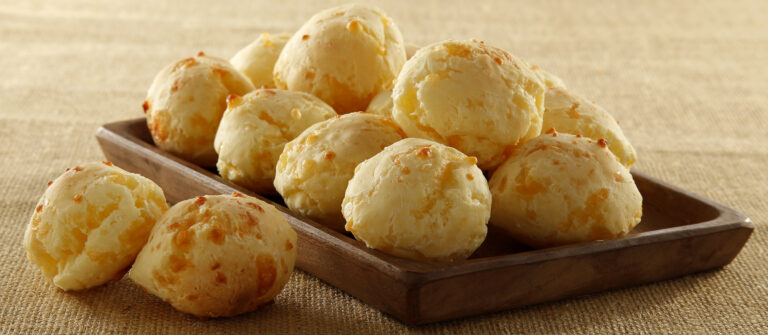Introduction
Paraguay is a country situated in the heart of South America, bordered by Brazil, Argentina, and Bolivia but with no direct access to the sea. Its location has played a significant role in shaping its cuisine, which relies heavily on locally available ingredients to create unique flavors. Paraguay’s cuisine is influenced by the country’s agricultural resources, including its vast plains and wetlands, which are home to a diverse range of crops and livestock.
Landlocked location’s impact on cuisine
Being landlocked has limited Paraguay’s access to fresh seafood, which is a staple in many South American countries. Instead, the country’s cuisine relies on meat, primarily beef, pork, and chicken, which is often grilled or roasted over an open flame. It is also common to find freshwater fish dishes, such as surubí and pacú, which are sourced from the country’s rivers and lakes.
The lack of access to fresh seafood has also led to the use of alternative protein sources, such as wild game, including armadillo and capybara, which are found in the country’s forests and wetlands. These meats are often slow-cooked in stews and soups and served with cornbread or cassava.
Agricultural resources and their influence
Paraguay’s fertile plains are ideal for growing crops, including corn, rice, soybeans, and wheat, which are staples in the Paraguayan diet. The country is also known for its production of yerba mate, a type of tea made from the native plant and consumed daily by many Paraguayans.
One of the most significant influences on Paraguayan cuisine is the use of corn. Corn is ground into a fine powder and used to make a variety of dishes, including sopa paraguaya, a type of cornbread, and chipa, a type of cheese bread often eaten for breakfast. Corn is also used to make traditional drinks, such as caña, a fermented corn beverage.
Traditional Paraguayan dishes
Paraguayan cuisine is a fusion of indigenous and Spanish influences, resulting in unique dishes such as empanadas, which are stuffed with beef, chicken, or cheese and often served with a spicy tomato sauce. Another traditional dish is pira caldo, a fish soup made with yucca and served with cornbread.
As previously mentioned, sopa paraguaya and chipa are also popular dishes, often served alongside meat dishes or as a snack. These dishes are gluten-free and make use of corn flour, cheese, and milk to create a dense, chewy texture.
Fusion cuisine: international influence
As with many countries, Paraguay’s cuisine has been influenced by international flavors and cooking techniques. Italian immigrants introduced pasta dishes such as ñoquis and fettuccine, while Arabic influences can be seen in dishes such as kebab and shawarma. Chinese immigrants brought stir-fry techniques and influenced the use of soy sauce in Paraguayan cuisine.
Paraguay’s proximity to Brazil and Argentina has also led to the adoption of flavors from those countries, including churrasco, a type of grilled meat, and dulce de leche, a caramel sauce often used in desserts.
Conclusion: Paraguay’s unique culinary identity
Paraguay’s landlocked location and agricultural resources have influenced its cuisine, resulting in a unique blend of indigenous, Spanish, and international flavors. The country’s reliance on corn and meat, as well as its use of alternative protein sources, has led to the creation of dishes that are unique to Paraguay. While outside influences have played a role in shaping its cuisine, Paraguay’s culinary identity remains distinct and reflective of its history and geography.

